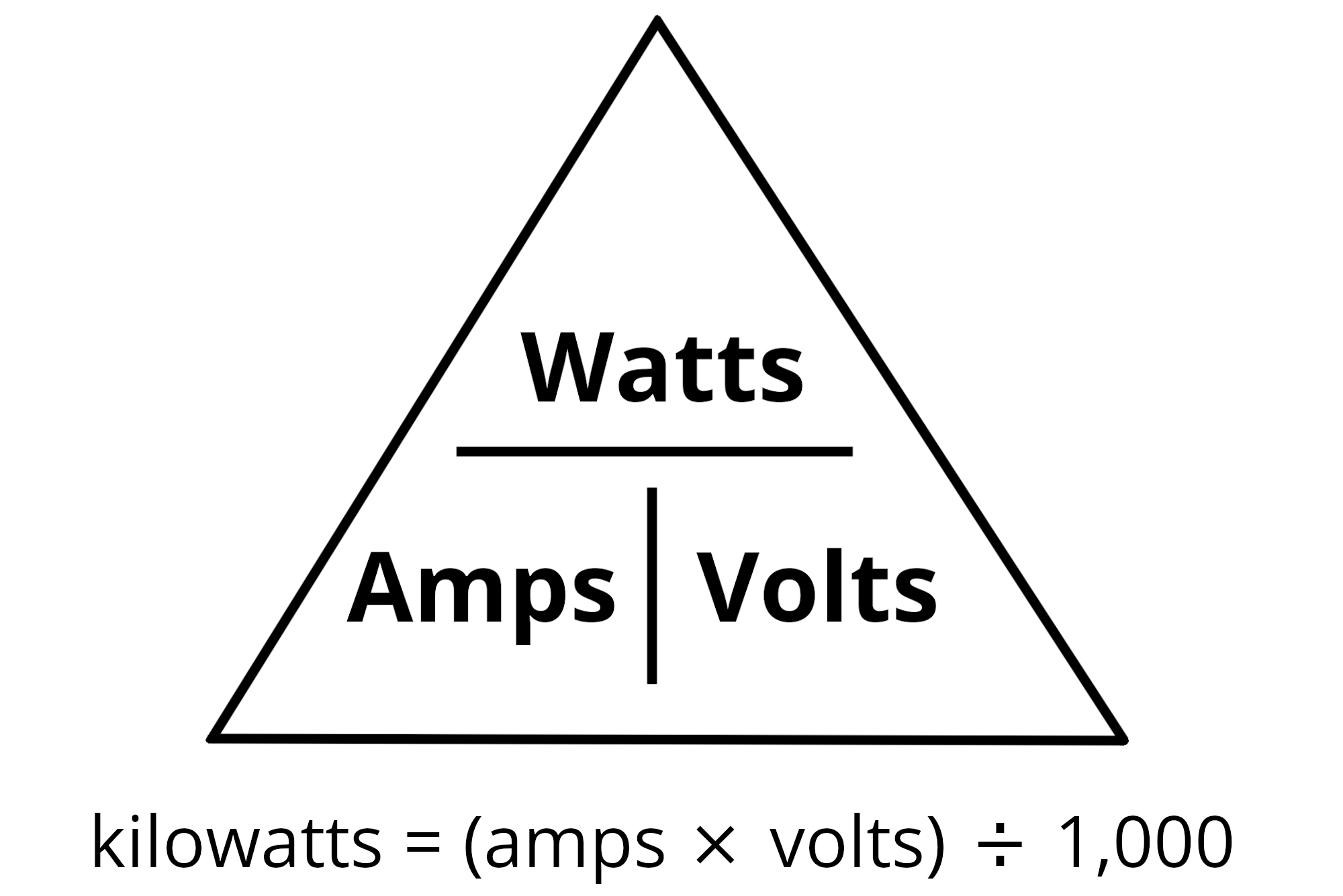

Unplug or turn off appliances if you’ll be away from home for a few days, and resist the urge to leave your devices on standby when you don’t need them. Replace incandescent lightbulbs with energy-saving LEDs and get in the habit of turning off the lights whenever you leave a room. You can lower your electricity bill by being energy conscious and following some easy energy-saving practices. Depending on which monitor you choose, you may even be able to turn appliances on and off when you’re away from home using the app. Many monitors available today are wireless and display your home’s energy consumption in an app. For a more detailed understanding, consider investing in a home energy monitor. Now that you have a better understanding of kW versus kWh, and the different uses of electricity, you can take a closer look at your bill and begin to analyze your energy consumption. While traditional meters require a utility service to come to your home, newer digital meters have an electronic display that uses a high-frequency signal to send data to the utility companies. Utility companies measure your kWh with digital meters right outside of your home where the power line goes into the property. You can then start to balance your usage by examining which appliances require the most power (kW) and energy (kWh).

Make a list of appliances that you frequently use and do the same calculations. For the sake of this example, we’ll say it’s $.07 per kWh: Multiply the kWh by your electricity provider’s monthly electricity rates. Now that we know the monthly kWh for this device, let’s estimate the energy costs. Find the total energy usage for a month (30 days): 3 kWh X 30 days = 90 kWh per month.Multiply the kilowatts by the hours of daily use: 1.5 kW X 2 hours = 3 kWh per day.Divide the wattage by 1,000 to calculate kW: 1500 watts 1,000 = 1.5 kW.Let’s use a 1500W dishwasher you use for two hours per day as an example for calculating kW and kWh on a monthly basis: Remember that one kilowatt equals 1,000 watts, so don’t forget to divide your wattage by 1,000 to convert to kilowatts. To calculate the kWh of your appliance, estimate the amount of time you use it and write down the appliance’s wattage (generally found on the label). Knowing the difference between kW and kWh can give you powerful insights to help monitor and manage your electricity consumption. Keep this in mind, as energy companies typically charge for power on a per-kWh basis. The power you use on a daily basis can quickly add up to 1 kWh if you are frequently using high-wattage appliances in your home. Higher watts: If you are running a 2,000-watt appliance, such as a clothes dryer, you only need to power it for 30 minutes to reach 1 kWh.Lower watts: If you are using a 100-watt device, such as a plasma TV, you would have to watch your favorite shows for 10 hours before reaching 1 kWh.Let’s go over a few examples of kW vs kWh in the context of low- and high-power appliances to give you a better idea of how these two units affect each other: The difference between kWh and kW, and what you see on your bill, is that kW reflects the rate of electricity you use, and kWh indicates the amount of electricity you use. When you see kWh on your monthly energy bill, it’s a measurement of your electric appliances’ wattage and the amount of time you use them. Your kilowatt-hour consumption factors in how many watts your appliances use and how often you use them. For example, if you clean your floors with a 1,000-watt vacuum cleaner for one hour, you consume 1 kWh of energy. You can quickly convert watts (W) to kilowatts (kW) by diving your wattage by 1,000:Ī kilowatt-hour measures the energy an appliance uses in kilowatts per hour. Let’s break the definitions down a little further: The KilowattĪ kilowatt is simply a measure of how much power an electric appliance consumes-it’s 1,000 watts to be exact.

On your energy bill, the kWh measures the amount of energy that an appliance or device needs to run for one hour.


 0 kommentar(er)
0 kommentar(er)
